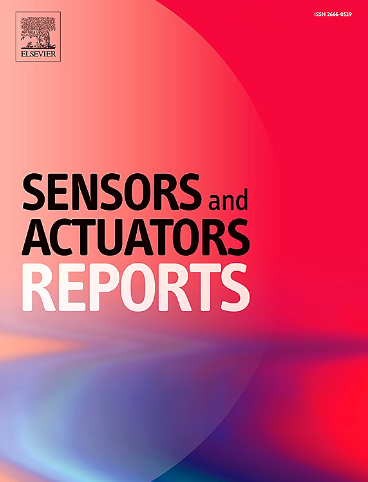Aptamer-based electrochemical biosensors: Signal transduction mechanisms, application progress, and future trends
IF 7.6
Q1 BIOTECHNOLOGY & APPLIED MICROBIOLOGY
引用次数: 0
Abstract
Aptamer-based electrochemical biosensors synergistically integrate the high molecular recognition specificity of nucleic acid aptamers with the rapid and sensitive signal transduction capabilities of electrochemical interfaces, thereby offering a highly promising platform for advanced bioanalytical applications. Recent advances in nanomaterials, micro/nanofabrication technologies, and signal amplification strategies have markedly improved the analytical performance of these biosensors, enabling ultra-sensitive and highly selective detection of a diverse array of analytes, including disease biomarkers, viral particles, and bacterial pathogens. These biosensors are characterized by low cost, facile miniaturization, and compatibility with point-of-care and on-site diagnostic formats, rendering them attractive for real-world applications. Nevertheless, several critical challenges persist, including maintaining sensor stability under complex biological or environmental sample conditions, achieving reliable multiplexed detection, and establishing standardized fabrication protocols for clinical and environmental deployment. This review provides a comprehensive overview of recent progress in electrochemical transduction mechanisms and their applications, as depicted in Figure 1, and highlights state-of-the-art innovations at the intersection of chemistry, materials science, biomedical engineering, and environmental monitoring. Furthermore, emerging directions—such as artificial intelligence-assisted data interpretation, wearable biosensing systems, and Internet of Things (IoT)-integrated platforms—are discussed to outline future perspectives toward next-generation intelligent and adaptive biosensing technologies.

基于适配体的电化学生物传感器:信号转导机制、应用进展及未来趋势
基于适体体的电化学生物传感器将核酸适体的高分子识别特异性与电化学界面快速灵敏的信号转导能力协同结合,为先进的生物分析应用提供了一个非常有前景的平台。纳米材料、微/纳米制造技术和信号放大策略的最新进展显著提高了这些生物传感器的分析性能,使其能够对各种分析物进行超灵敏和高选择性的检测,包括疾病生物标志物、病毒颗粒和细菌病原体。这些生物传感器的特点是成本低,易于小型化,与护理点和现场诊断格式兼容,使它们对现实世界的应用具有吸引力。然而,仍然存在一些关键的挑战,包括在复杂的生物或环境样品条件下保持传感器的稳定性,实现可靠的多路检测,以及为临床和环境部署建立标准化的制造协议。这篇综述全面概述了电化学转导机制及其应用的最新进展,如图1所示,并强调了化学、材料科学、生物医学工程和环境监测交叉领域的最新创新。此外,还讨论了新兴方向,如人工智能辅助数据解释、可穿戴生物传感系统和物联网(IoT)集成平台,概述了下一代智能和自适应生物传感技术的未来前景。
本文章由计算机程序翻译,如有差异,请以英文原文为准。
求助全文
约1分钟内获得全文
求助全文
来源期刊

Sensors and Actuators Reports
Multiple-
CiteScore
9.60
自引率
0.00%
发文量
60
审稿时长
49 days
期刊介绍:
Sensors and Actuators Reports is a peer-reviewed open access journal launched out from the Sensors and Actuators journal family. Sensors and Actuators Reports is dedicated to publishing new and original works in the field of all type of sensors and actuators, including bio-, chemical-, physical-, and nano- sensors and actuators, which demonstrates significant progress beyond the current state of the art. The journal regularly publishes original research papers, reviews, and short communications.
For research papers and short communications, the journal aims to publish the new and original work supported by experimental results and as such purely theoretical works are not accepted.
 求助内容:
求助内容: 应助结果提醒方式:
应助结果提醒方式:


